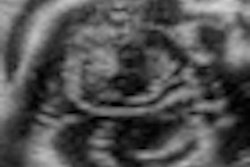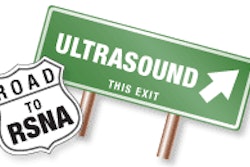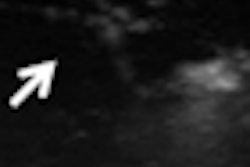The typical 3D/4D ultrasound scanner carries a higher cost than a conventional 2D unit, and individual exams are more expensive as well, according to presenter Norran H. Said, MD, a breast radiologist at Cairo University. Said and colleagues wanted to see if 3D ultrasound had an added cost-benefit value over 2D scanning.
The researchers performed routine antenatal scanning on 1,800 fetuses with a 3D/4D scanner (Voluson 730 Expert, GE Healthcare, Chalfont St. Giles, U.K.), using a transabdominal convex-array volume transducer with a frequency range of 3.0-5.0 MHz.
Initially, 2D ultrasound was performed for the study of fetal morphology, including assessment of the head and neck, thorax and heart, abdominal wall, viscera, spine, and limbs. Next, 4D real-time and 3D ultrasound volume scans were acquired of all regions, as well as areas of interest found on 2D ultrasound. Any anomalies detected were grouped by eight body regions, and a three-point scoring system was used to determine the clarity of ultrasound findings on 2D or 3D/4D ultrasound.
Of the 1,800 fetuses scanned, 105 anomalies were detected in 81 women with 84 fetuses. Ultrasound with 3D/4D scanning was found to be advantageous or added information in 9% of cases (all of which were face or musculoskeletal regions) and equivalent to 2D ultrasound in 71% of cases. The researchers found that 3D/4D ultrasound was considered inferior to 2D in 20% of cases, most consisting of heart anomalies.
The group found that parents with normal fetuses were "delighted" with 3D/4D images, according to Said. Parents of fetuses that had anomalies had a clearer understanding of those anomalies, especially when they involved the face and extremities.



















